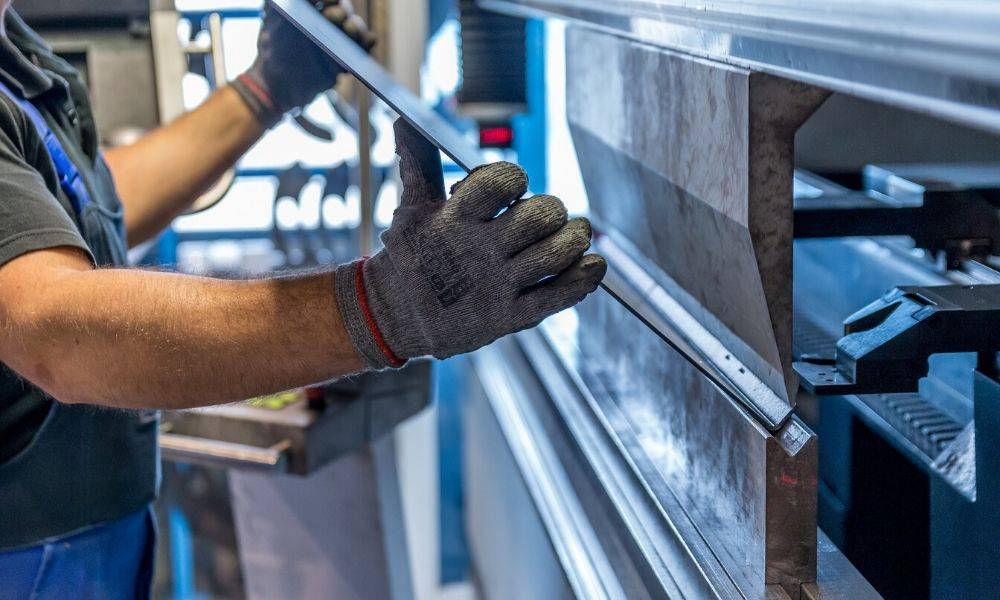Enhancing Precision and Stability in Machining with the Steady Rest

Introduction
In the world of machining and metalworking, precision and stability are paramount. Whether it’s creating intricate components for aerospace or fabricating parts for automotive industries, the ability to achieve tight tolerances and reduce vibration during machining processes is crucial.
One tool that plays a pivotal role in achieving these goals is the “steady rest.” In this article, we will explore what a steady rest is, its functions, and its importance in enhancing precision and stability in machining.
What is a Steady Rest?
A steady rest, also known as a “steady,” is a critical tool used in machining and turning operations. Its primary purpose is to provide support and stability to long and slender workpieces during the machining process.
These workpieces are prone to bending and vibrating under the force of cutting tools, leading to inaccuracies and surface imperfections in the finished product. The steady rest acts as a support system, reducing these issues and allowing for the production of high-precision components.
Functions of a Steady Rest
Workpiece Support: The primary function of a steady rest is to support the workpiece, preventing it from deflecting or vibrating during machining. This is especially important when working with long and thin cylindrical objects, such as shafts or pipes. By holding the workpiece firmly in place, the steady rest ensures that cuts and tool movements are executed precisely.
Vibration Dampening: Vibrations can be a significant concern in machining, leading to tool wear, surface imperfections, and reduced overall machining quality. Steady rests are designed to dampen vibrations by providing a stable anchor point for the workpiece. This results in smoother cutting operations and improved surface finishes.
Increased Tool Life: When a workpiece is securely supported by a steady rest, the cutting tool experiences less stress and wear. This leads to an extended tool life, reducing the need for frequent tool changes and associated downtime.
Enhanced Accuracy: By eliminating workpiece deflection and vibration, steady rests contribute to higher machining accuracy. This is essential when producing components with tight tolerances, ensuring that every dimension meets the specified requirements.
Versatility: Steady rests come in various designs, including fixed, traveling, and self-centering models, to accommodate different machining needs. This versatility allows machinists to select the most suitable type for a specific job.
Importance of Using a Steady Rest
The use of a steady rest can significantly impact the quality and efficiency of machining operations. Here are some key reasons why it is essential:
Consistency: Steady rests ensure that the workpiece remains in a consistent position throughout the machining process. This consistency is critical for achieving uniform results and meeting quality standards.
Waste Reduction: By reducing vibrations and workpiece deflection, steady rests minimize material waste and the need for rework. This leads to cost savings and improved resource utilization.
Operator Safety: Machining operations can be hazardous, especially when dealing with high-speed rotations and heavy machinery. The stability provided by steady rests enhances operator safety by reducing the risk of accidents.
Competitive Edge: In today’s competitive manufacturing landscape, producing high-precision components efficiently is crucial. Steady rests enable manufacturers to maintain a competitive edge by delivering top-quality products on time.
Conclusion
In the world of machining and metalworking, achieving precision and stability is a constant challenge. Steady rests play a pivotal role in addressing these challenges by providing workpiece support, vibration dampening, and increased tool life.
Their importance cannot be overstated, as they contribute to the production of high-quality components with tight tolerances. As technology continues to advance, the role of steady rests in enhancing machining processes will only become more significant, helping manufacturers stay competitive in a demanding industry.











